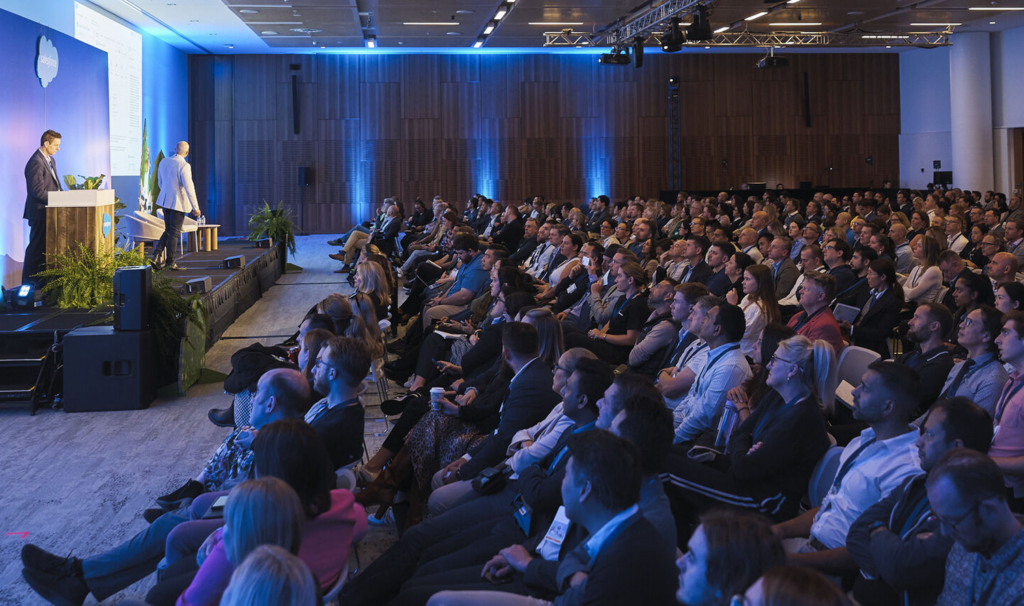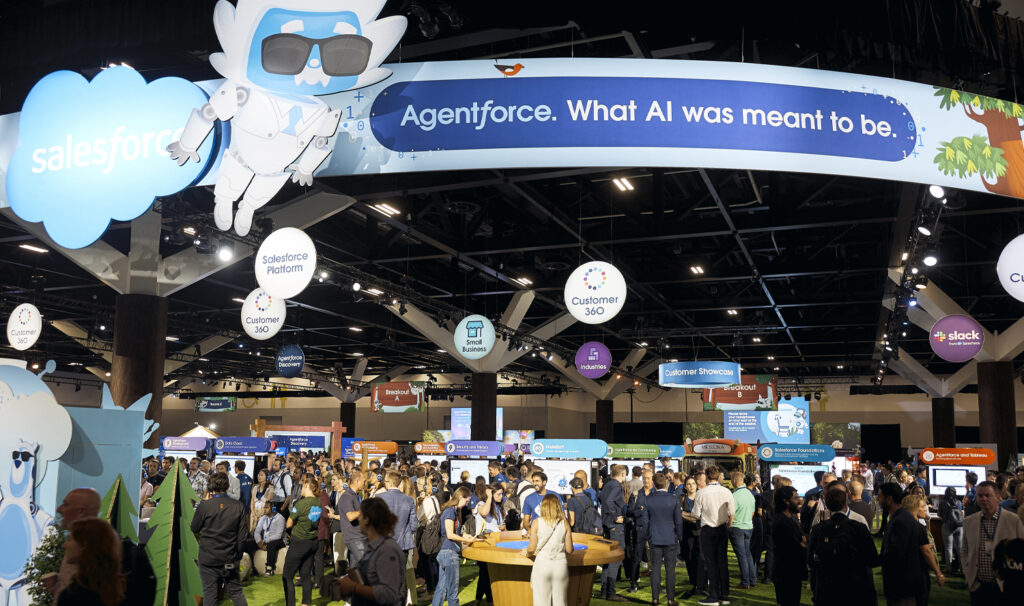Considering the rapidly shifting environment, change will be more frequent and at a larger scale.
There is a lot of high stakes transformation, and there is no more business as usual. Reflecting on the past two years, there will be times of stability, but there is always major change on the horizon.
To make change sustainable, it needs to be low key, in line with regular management and include constant iterations. Change needs to be embedded into everyday life, rather than a standalone thing.
At the heart of change management is continuous improvement and continuous learning in order to adapt to changes externally. This also means continuous professional development and training.
My biggest insight for change management is to “Do fewer big things, do more little things, more often.”
How to cultivate a mindset of change
Without oversimplifying, we manage change really well in our personal lives. For example when you get a flat tyre or your zoom doesn’t work, you learn to be adaptable. Now how do we bring that mindset into a work setting?
There are so many formulas for change management, and models that work to guide organisations through change. Choose a methodology that will work for your organisation. Then find ways to bring your team onboard, at the end of the day, change management is about people.
So we are going to explore some of the ways to bring that adaptable mindset to your change management project.
Listen to understand why
Every person involved in your transformation has a motivation. Why they need this project to succeed, or why they would want to spend a few extra hours to help you get this project done.
As a change manager, much of my job is to listen to stakeholders along the way to find out what drives them personally, professionally and for this particular project. This helps to identify the early adopters, and those who will take time to shift across to the new system or ways of working.
It’s worth fleshing out this purpose early, so that people can be aligned to the change.
For example it is really inspiring to hear from the executive leader what drives them every day. That helps me to organise and reflect on my purpose and align to bring the right motivation to the project.
Bring empathy to the process
Systems changes will disrupt people’s way of doing things. Sometimes, even the tasks that are usually done on autopilot (don’t need too much thought) will be disrupted and require re-learning in a new system . Understand that people are under stress, work and life pressure, often change fatigued, and will need to be willing to go the extra mile to make this change work for themselves, their team, and their stakeholders. So you need to lead with empathy and contextualise the change.
People want to be heard, feel that they are part of the solution, and that their ideas make a difference. This means being comfortable bringing people along the journey early on in the change process, which is usually a period with many ambiguities, gaps, and unknowns.
You can use systematic processes to bring people along the way. Then work closely with the teams to understand their contribution to the solution.
Choose a structure to communicate your change approach
Choose a framework that aligns with your project, and use it to communicate to your key stakeholders- and stick to it!
Remember that you will need to help teams understand the phases of change, the important milestones and dates that will affect them directly.
Show them the templates that you are using so that they know why you are seeking certain pieces of information- ADKAR is just one but there are others and my approach is to use whatever works and not be afraid to adopt something different if it’s not working.
Build a team culture and break the ice
Getting to know your team is a vital part of change management. While you are listening to stakeholders, sometimes it is helpful to bring in a structured method, like ADKAR.
Map out who is in your team, what drives them and what they need to be successful in their role.
Sometimes it helps to break the ice with creative team questionnaires. For example, I use the Harry Potter quiz that shows which house you are in (I was sorted into Slytherin). This helps the team to clearly see that there are many different minds working together to solve this problem.
Engage the laggards
There are plenty of change management approaches that talk about identifying the early adopters and building change champions. I think there is real value in working with the laggards/challengers. Those who don’t want to change (for various reasons), or who may have been involved in the original process make excellent resources to holistically understand the change.
By working with these stakeholders first, you will often get better adoption and subsequent activities will move faster without excluding a portion of the team.
Negative back channelling can undermine all of your positive championing. You don’t want that gossip and distrust in the background where you cannot address it directly.
Invite people to call out issues in the open, to allow meetings to be safe places to call out perceived issues and challenges. It is better to have these conversations in the open, where you can get to the core of the roadblock as a team.
You don’t want a situation where everything seems okay in the open, but challenges are simmering in the undercurrent. It is hard to address issues if they are unspoken and subsequent change activities such as training may not be as effective.
Training in stages
Training is one of the most important aspects of change management. It is vital for people to feel confident after the change and to effectively and efficiently do their job in the new system before you walk away.
One of my favourite approaches is “Tell me, show me, let me do” and it aligns well with change frameworks such as ADKAR.
Be sure to hold training sessions for users at all levels of system usage and to tailor training collateral and sessions to those users and their contexts.
It is also important during these times of constant change that training documentations are treated as living and evolving assets. So it is a good idea to make drafts easily available and to publish the documentation in a format and on a platform native to the business’ IT ecosystem so high volume users (system owners) can add to and amend the documentation over time. Include learning outcomes for any training event (online and F2F) so that participants have clear expectations. One of the keys to long term change is to follow up with users to ensure they are comfortable with the new way of working.
Build trust with your team
At the heart of change management is trust. It is important to show care, concern and curiosity to know the impact it will have on each team member.
Employees will remember how they felt during the change process, not what changed. These stories stay with the organisation long after the project is finished.
Wrapping up
Change management of the future needs to be based around the principles of empathy, listening and intellectual curiosity. The team at Simplus is at hand to help you manage change and bring order to the complexity of enterprise integrations.






